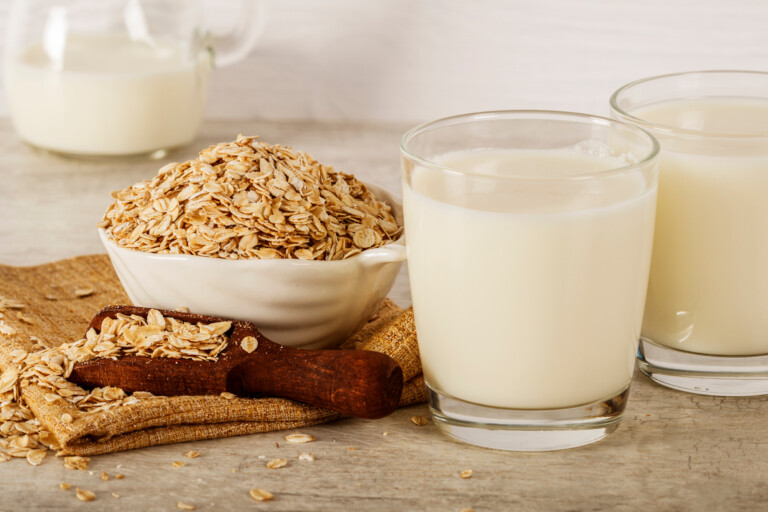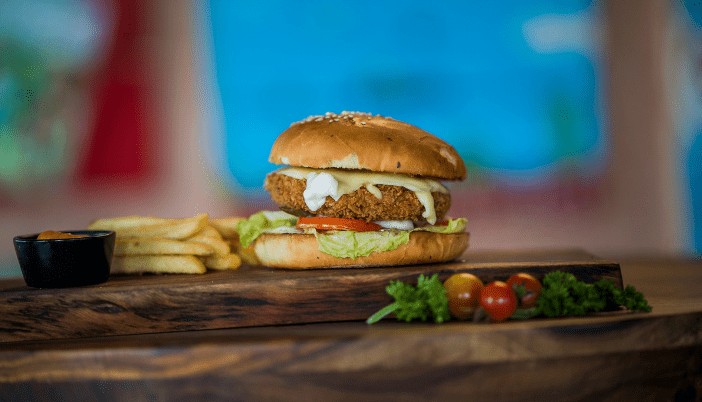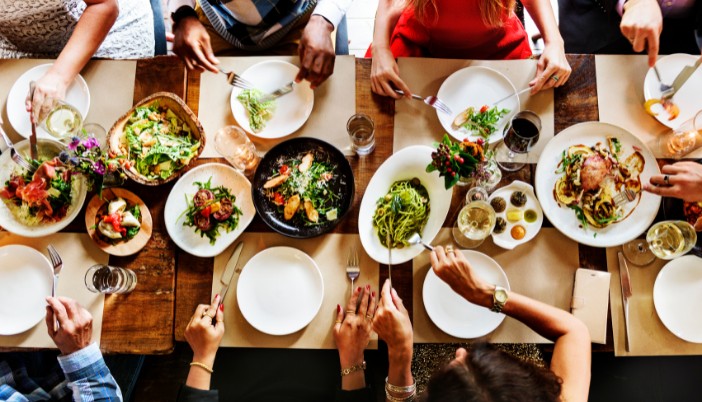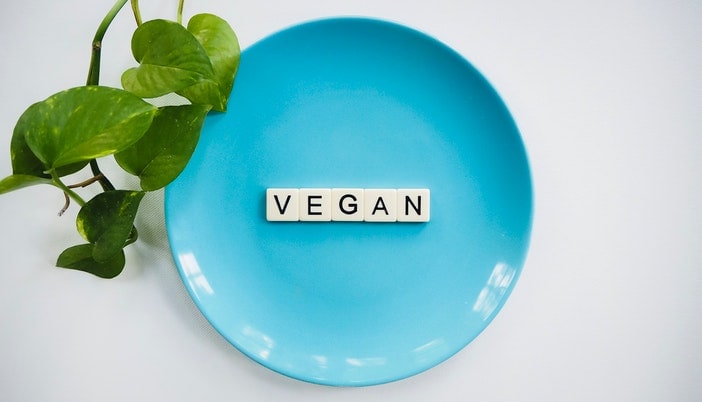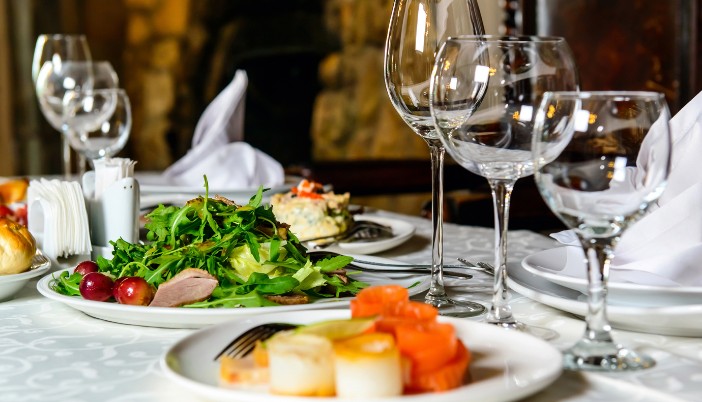No Meat, No Problem: Navigating Iron Intake for Vegans
Everyone knows that we need iron to live a healthy lifestyle, and we’re constantly told that meat is the best option when we want to boost our intake.
However, did you know that there are many plant-based foods out there that’ll help you get your recommended intake without having to think about it? Add a variety of these foods to your diet and you’ll never have to worry about your iron intake again.
As an Amazon Associate, I earn from qualifying purchases. The links below may be affiliate links. Please read my disclosure policy for more information.
Why do we need iron, and how much should we have daily?
Iron is a trace mineral, meaning we need it in small but regular amounts. It helps keep our red blood cells healthy and increases our energy levels when we get enough of it.
The amount of iron you need depends on your gender with menstruating women needing 14.8mg and men needing 8.7mg a day.
Iron is one of the few nutrients that a lack of immediately affects your health and is detected. These are the symptoms:
- tiredness
- shortness of breath
- heart palpitations
- pale skin
If you’re suffering from any of these symptoms, it’s essential to get your blood checked by a doctor, vegan or not.
Is it more challenging for vegans to find foods high in iron?
No, more plant-based foods contain iron than meat. So despite the majority of people thinking that vegan diets are lacking iron, it couldn’t be further from the truth. A study has shown that people following the diet of an omnivore only get a quarter of their iron from meat and fish, while the other three quarters are from cereals, bread, fruit and vegetables.
Iron Absorption
There are two types of iron. Heme iron is found in animal foods and non-heme is from plants. Heme iron is better absorbed than non-heme. However, it is not impossible to increase absorption as a vegan.
The average person absorbs 10-15% of iron from foods. Vitamin C helps the body to absorb iron so drinking orange juice with your iron-rich foods will help increase your iron absorption. Eating these foods on their own isn’t enough.
You’ll also find that a lot of iron supplements are paired with Vitamin C to help you absorb the contents.
Foods high in Vitamin C
- Peppers
- Oranges
- Blackcurrants
- Kale
- Kiwis
- Broccoli
- Lemons
- Strawberries
Other ways to absorb more iron
The less you consume, the better it is to absorb
This might not sound like it makes any sense but it’s true. When you consume a lot of iron in one meal, the percentage that our bodies absorb is much lower. Eating smaller amounts throughout the day is a great way to ensure you get maximize iron absorption.
Avoid coffee and tea
Okay, not completely but make sure to avoid coffee and tea while eating meals high in iron. This is because it contains tannins that inhibit iron absorption. Have your cuppa between meals instead!
Cook with cast-iron skillets
Cooking with a cast-iron skillet increases the iron in your meal by up to 16% without having to add anything to it.
Vegan foods high in iron
Spinach
Around 100g of raw spinach contains 2.7mg of iron. Raw spinach can be thrown in dishes and used in smoothies, making it easy and cheap to get your iron in. Spinach is also rich in antioxidants called carotenoids. These may reduce your cancer risk, decrease inflammation and protect your eyes from disease.
Tofu
A 126g serving of tofu contains 3.4mg of iron and is also a good source of thiamine and other minerals including magnesium, calcium, and selenium.
Fortified cereals
Most cereals are fortified, meaning you can get 100 percent of your daily intake in only one bowl. Add a glass of orange juice which is high in vitamin C and will help your body absorb the iron.
234g (or a cup) of cooked instant oats contains 1.2mg of iron as well as protein, fiber, magnesium, zinc and folate. Oats can help boost your vitamin intake in just one meal.
Legumes
Beans, lentils, peas, chickpeas, and soybeans can all help increase your iron intake as a vegan. One cup or 198g of cooked lentils contains 6.6mg and cooked black beans provide around 1.8mg of iron.
One cup of kidney beans offers 3mg of iron and white beans are a little less with 2mg per cup. Beans can boost your iron intake in salads and dips.
Quinoa
Quinoa contains 2.8mg of iron per serving and is also higher in protein than other grains. It’s an excellent option for a vitamin hit as it’s also high in folate, magnesium, copper, and manganese.
Pumpkin seeds
Pumpkin seeds are perfect for sprinkling on other meals or enjoying as a snack. A handful (28g) of pumpkin seeds contain 2.5mg of iron. They’re also good for boosting Vitamin K, zinc, and manganese.
Broccoli
A serving of cooked broccoli contains 1mg of iron and also has 112% of the recommended daily amount of vitamin C which helps your body absorb iron better.
Dark chocolate
If you’re looking for an excuse to eat chocolate, this is it. 28g of dark chocolate contains 3.4mg of iron and it also packs 56% of your recommended intake of copper and magnesium.
Wholemeal bread
Only two slices of wholemeal bread will provide 1.8mg of iron. For a hit of Vitamin C, add sliced pepper.
Cashew nuts
Cashew nuts are the nuts with the highest iron content with a whopping 1.9mg per serving. They also contain anti-inflammatory properties and provide other minerals like copper, magnesium, manganese, and phosphorous.
Top Tips for Boosting Your Iron Intake”
- Add lentils to soups, tacos, and pasta sauce
- Top your porridge with raisins, and seeds, and serve with a fresh glass of orange juice
- Add broccoli to tofu-based meals
Iron is an essential mineral for everyone, vegan or not, and it must be consumed in small intakes. Vegan diets rely on non-heme iron which is not as easily absorbed as animal-based heme iron so it’s essential to make sure you’re pairing it with Vitamin C.
Menstruating people have higher iron requirements and need to pay more attention to their daily intake as they’re more likely to be deficient. If you’re a man or have been through menopause, you have less to worry about.
Incorporating various foods from our list will help you meet your iron requirements and benefit your overall health. It’s a win-win!
